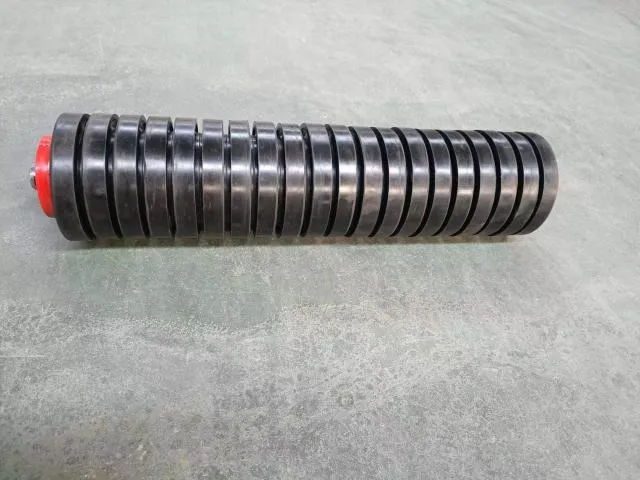 Afrikaans
Afrikaans  Albanian
Albanian  Amharic
Amharic  Arabic
Arabic  Armenian
Armenian  Azerbaijani
Azerbaijani  Basque
Basque  Belarusian
Belarusian  Bengali
Bengali  Bosnian
Bosnian  Bulgarian
Bulgarian  Catalan
Catalan  Cebuano
Cebuano  Corsican
Corsican  Croatian
Croatian  Czech
Czech  Danish
Danish  Dutch
Dutch  English
English  Esperanto
Esperanto  Estonian
Estonian  Finnish
Finnish  French
French  Frisian
Frisian  Galician
Galician  Georgian
Georgian  German
German  Greek
Greek  Gujarati
Gujarati  Haitian Creole
Haitian Creole  hausa
hausa  hawaiian
hawaiian  Hebrew
Hebrew  Hindi
Hindi  Miao
Miao  Hungarian
Hungarian  Icelandic
Icelandic  igbo
igbo  Indonesian
Indonesian  irish
irish  Italian
Italian  Japanese
Japanese  Javanese
Javanese  Kannada
Kannada  kazakh
kazakh  Khmer
Khmer  Rwandese
Rwandese  Korean
Korean  Kurdish
Kurdish  Kyrgyz
Kyrgyz  Lao
Lao  Latin
Latin  Latvian
Latvian  Lithuanian
Lithuanian  Luxembourgish
Luxembourgish  Macedonian
Macedonian  Malgashi
Malgashi  Malay
Malay  Malayalam
Malayalam  Maltese
Maltese  Maori
Maori  Marathi
Marathi  Mongolian
Mongolian  Myanmar
Myanmar  Nepali
Nepali  Norwegian
Norwegian  Norwegian
Norwegian  Occitan
Occitan  Pashto
Pashto  Persian
Persian  Polish
Polish  Portuguese
Portuguese  Punjabi
Punjabi  Romanian
Romanian  Russian
Russian  Samoan
Samoan  Scottish Gaelic
Scottish Gaelic  Serbian
Serbian  Sesotho
Sesotho  Shona
Shona  Sindhi
Sindhi  Sinhala
Sinhala  Slovak
Slovak  Slovenian
Slovenian  Somali
Somali  Spanish
Spanish  Sundanese
Sundanese  Swahili
Swahili  Swedish
Swedish  Tagalog
Tagalog  Tajik
Tajik  Tamil
Tamil  Tatar
Tatar  Telugu
Telugu  Thai
Thai  Turkish
Turkish  Turkmen
Turkmen  Ukrainian
Ukrainian  Urdu
Urdu  Uighur
Uighur  Uzbek
Uzbek  Vietnamese
Vietnamese  Welsh
Welsh  Bantu
Bantu  Yiddish
Yiddish  Yoruba
Yoruba  Zulu
Zulu Innovative Wing Pulley Design for Enhanced Conveyor System Efficiency and Performance
The Wing Pulley Conveyor An Innovation in Material Handling
In the realm of material handling, efficiency and reliability are paramount. One innovation that has garnered attention is the wing pulley conveyor system. This specialized type of pulley offers distinctive advantages over traditional pulleys, enhancing the overall performance of conveyor systems used in various industries.
Understanding the Wing Pulley
The wing pulley, with its unique design, features a pair of wings that extend from the sides of a central drum. These wings are typically constructed in a triangular or angled shape, allowing them to effectively shed material and debris that may accumulate on the belt during operation. This design contrasts sharply with conventional pulleys, which can trap material between the pulley and belt, leading to excessive wear and potential system failures.
One of the crucial benefits of the wing pulley is its self-cleaning capability. The inclined surfaces of the wings serve to dislodge any material that would otherwise adhere to the pulley. As the conveyor belt moves, the material is naturally ejected, which helps to maintain optimal operation and minimize the need for manual cleaning. This feature not only reduces maintenance costs but also enhances the lifespan of the conveyor system itself.
The Operational Benefits
The wing pulley is particularly advantageous in applications where sticky or abrasive materials are handled. Industries such as mining, agriculture, and recycling frequently encounter challenges related to material build-up on traditional pulleys. By implementing wing pulleys, these industries can significantly reduce the occurrences of belt slippage and misalignment resulting from debris accumulation.
Moreover, the lightweight construction of wing pulleys provides a further advantage. This design reduces the overall weight of the conveyor system, leading to lower energy consumption during operation. As industries worldwide increasingly focus on sustainability and energy efficiency, the wing pulley offers a practical solution to achieving these goals.
wing pulley conveyor

Durability and Reliability
Durability is another hallmark of the wing pulley conveyor system. These pulleys are typically made from robust materials that can withstand harsh operational environments. This resilience not only contributes to the longevity of the pulley itself but also ensures consistent conveyor performance over time. Businesses that rely on uninterrupted material movement can benefit greatly from the reliability offered by wing pulleys.
Additionally, the wing pulley design minimizes the wear and tear on conveyor belts. By preventing the entrapment of materials, the wing pulley helps maintain the integrity of the belt, leading to fewer replacements and reduced downtime for maintenance. In industries where time is money, this reliability translates into significant cost savings and improved productivity.
Applications Across Industries
The versatility of wing pulleys extends to various applications beyond just traditional conveyor systems. They are often employed in bulk material handling processes, such as coal and mineral transportation, where harsh conditions and heavy loads are the norm. Furthermore, they can be utilized in more specialized systems, such as those used in logging, where debris removal is essential for efficient operation.
In the recycling industry, wing pulleys play a crucial role in handling a diverse range of materials, including metals, plastics, and paper products. Their ability to keep the conveyor belt clean enhances overall efficiency and helps ensure that materials are processed without contamination.
Conclusion
In conclusion, the wing pulley conveyor system represents a significant advancement in material handling technology. With its self-cleaning properties, lightweight construction, and robust durability, it addresses many challenges faced by industries reliant on conveyor systems. As companies continue to prioritize efficiency and sustainability, the wing pulley’s role in optimizing material handling processes will undoubtedly expand. Adopting this innovative solution can lead to enhanced productivity, reduced operational costs, and a more reliable conveyor system overall.
-
Revolutionizing Conveyor Reliability with Advanced Rubber Lagging PulleysNewsJul.22,2025
-
Powering Precision and Durability with Expert Manufacturers of Conveyor ComponentsNewsJul.22,2025
-
Optimizing Conveyor Systems with Advanced Conveyor AccessoriesNewsJul.22,2025
-
Maximize Conveyor Efficiency with Quality Conveyor Idler PulleysNewsJul.22,2025
-
Future-Proof Your Conveyor System with High-Performance Polyurethane RollerNewsJul.22,2025
-
Driving Efficiency Forward with Quality Idlers and RollersNewsJul.22,2025





























